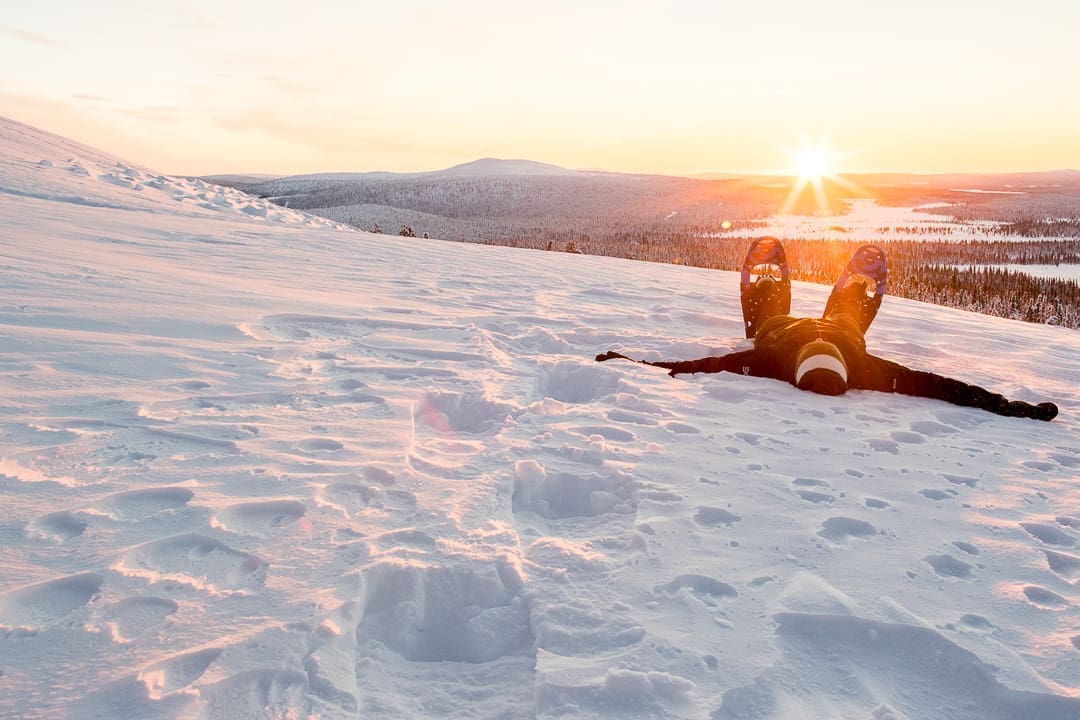Lapland, with its breathtaking landscapes and extreme weather conditions, offers a unique challenge for those seeking to experience the Arctic wilderness. Surviving and thriving in this harsh climate requires a blend of knowledge, preparation, and practical skills. In this article, we will explore essential wilderness skills that will help you navigate and flourish in Lapland’s unforgiving environment.
Understanding Lapland’s Unique Climate
Lapland’s climate is characterised by long, cold winters and short, cool summers. Temperatures can plummet to -30°C (-22°F) or lower during the winter months, while summer temperatures rarely exceed 15°C (59°F). The region also experiences polar nights, where the sun does not rise for several weeks, and midnight sun, where the sun does not set for an extended period.
Understanding these climatic conditions is crucial for Arctic survival. The extreme cold can lead to frostbite and hypothermia if not properly managed. Additionally, the lack of sunlight during polar nights can affect your circadian rhythm and overall well-being. Being aware of these factors and preparing accordingly is the first step towards thriving in Lapland’s wilderness.
Moreover, the weather in Lapland can change rapidly. Snowstorms and blizzards are common, and visibility can drop to near zero. Always check the weather forecast before heading out and be prepared for sudden changes. This knowledge will help you make informed decisions and stay safe in the Arctic environment.
Essential Gear and Equipment for Arctic Survival
Having the right gear and equipment is vital for surviving in Lapland’s harsh climate. Layered clothing is essential to regulate body temperature and stay warm. Start with a moisture-wicking base layer, add an insulating middle layer, and finish with a waterproof and windproof outer layer. Don’t forget a good pair of insulated boots, gloves, and a hat to protect your extremities.
In addition to clothing, other essential gear includes a reliable sleeping bag rated for extreme cold, a sturdy tent, and a portable stove for cooking and melting snow. A high-quality backpack to carry your gear, a map, and a compass or GPS device are also crucial for navigation. Remember, the right equipment can make the difference between a successful adventure and a dangerous situation.
Furthermore, carrying a first aid kit, a multi-tool, and a fire-starting kit is indispensable. These items can help you handle emergencies and perform essential tasks in the wilderness. Always pack extra food and water, as well as a means to purify water, which we will discuss in more detail later.
Building and Maintaining a Shelter in the Arctic
Building a shelter is one of the most critical skills for Arctic survival. In Lapland, a well-constructed shelter can protect you from the elements and provide a safe haven. There are several types of shelters you can build, depending on the materials available and the weather conditions.
Snow shelters, such as igloos or snow caves, are excellent for insulation and can keep you surprisingly warm. To build a snow cave, find a deep snowdrift and dig a tunnel into it, creating a small chamber. Ensure there is adequate ventilation to prevent carbon monoxide buildup from your breath or a stove.
If snow is not available, you can build a lean-to or a debris hut using branches, leaves, and other natural materials. These shelters provide protection from wind and precipitation. Always insulate the ground with pine boughs or other materials to prevent heat loss through conduction.
Finding and Purifying Water in the Wilderness
Water is essential for survival, and finding a reliable source in the Arctic can be challenging. In Lapland, snow and ice are abundant, but they must be melted and purified before consumption. Melting snow directly in your mouth can lower your body temperature and lead to hypothermia, so always melt it using a stove or fire.
Once you have melted the snow or ice, it is crucial to purify the water to remove any harmful pathogens. Boiling is the most effective method, but you can also use water purification tablets or a portable water filter. Always carry a backup method in case your primary purification system fails.
In addition to snow and ice, you can find water in streams, rivers, and lakes. However, these sources can be contaminated, so purification is still necessary. Look for signs of animal activity, as they often indicate a nearby water source. Remember, staying hydrated is vital for maintaining your energy levels and overall health in the Arctic wilderness.
Surviving and thriving in Lapland’s harsh climate requires a combination of knowledge, preparation, and practical skills. By understanding the unique climate, equipping yourself with essential gear, building effective shelters, and finding and purifying water, you can navigate the Arctic wilderness with confidence.
For those seeking an authentic and immersive experience in Lapland, Wildmaker Lapland offers a range of tours designed to showcase the region’s natural beauty and provide valuable wilderness skills. Our tours cater to families and small groups, ensuring a personalised and enriching adventure. Whether you prefer a fully catered experience or a self-catered journey, we have options to suit your needs.
Join us at Wildmaker Lapland and embark on an unforgettable journey through the Arctic wilderness. Our expert guides will equip you with the knowledge and skills needed to thrive in Lapland’s harsh climate, making your adventure both safe and exhilarating. Book your tour today and discover the magic of Lapland with us.



